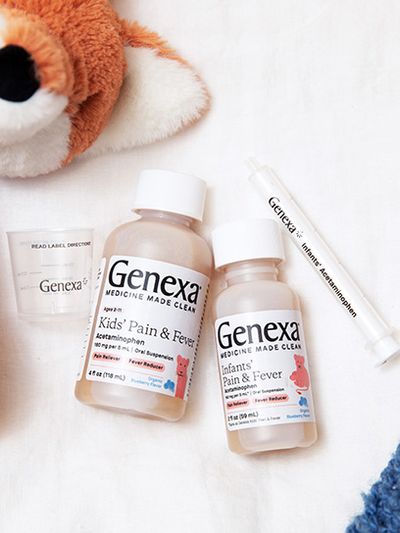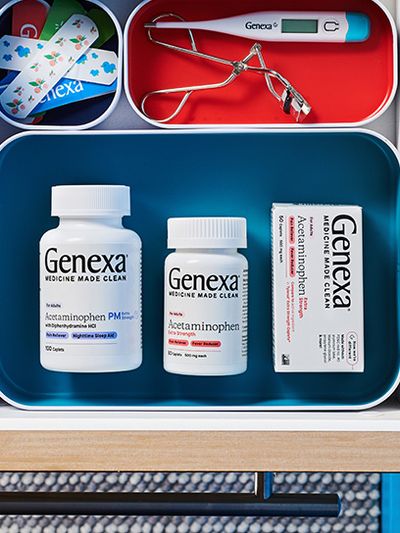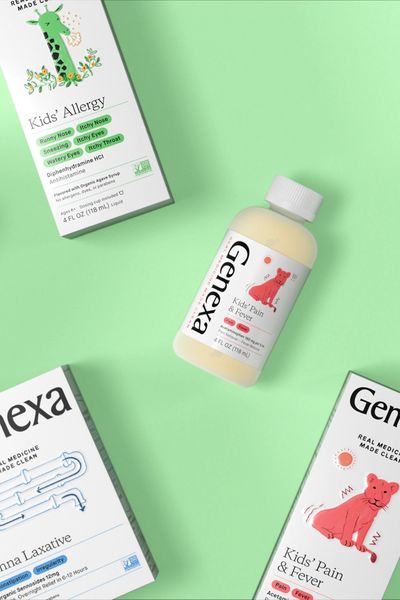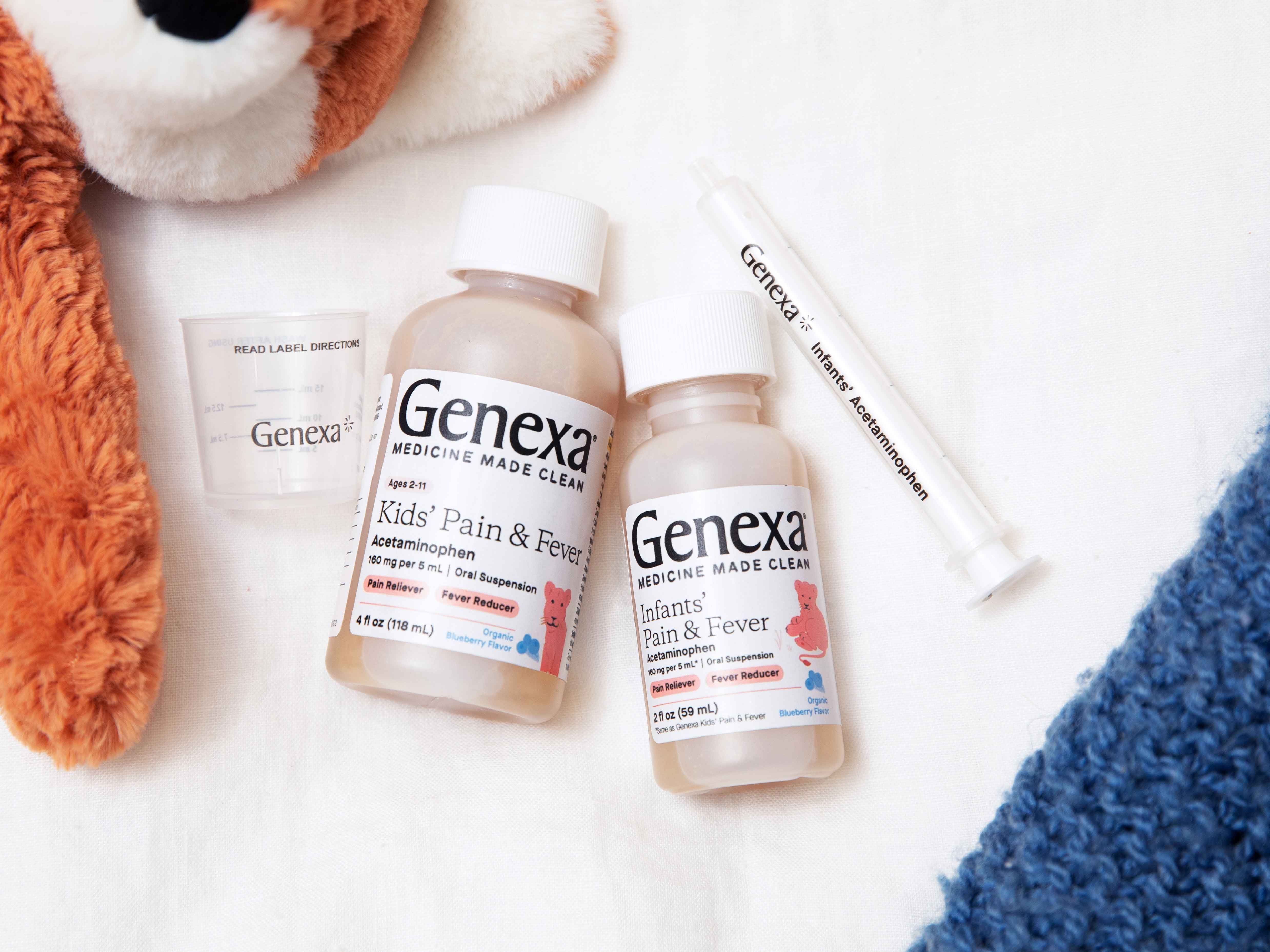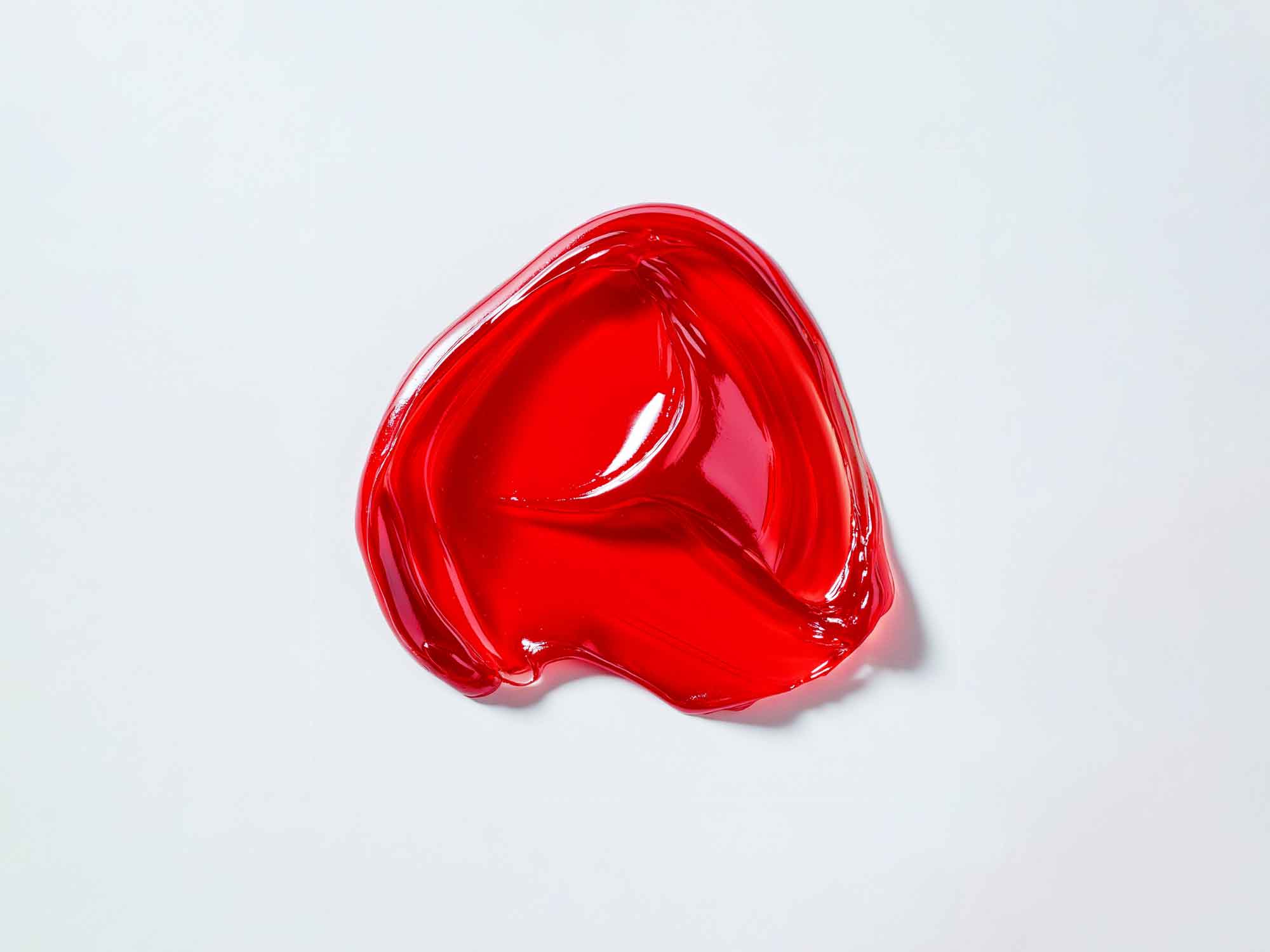Understanding the FDA Ban on FD&C Red Dye No. 3
What It Means for the Food and Medicine Industries
Table of contents:
In a landmark decision, the U.S. Food and Drug Administration (FDA) has moved to ban the use of FD&C Red Dye No. 3 in food products, a development that has sent ripples through the food and consumable product industries. This regulation follows decades of research and growing consumer advocacy highlighting the potential health risks associated with the synthetic dye. Here, we explore the history of FD&C Red Dye No. 3, the rationale behind the ban, and its potential impact on various industries.
Dye-Free Medicine for Kids & Infants
Genexa’s dye-free pain & fever medicines are made with the same effective acetaminophen as the leading brands and 0% artificial additives—that means no artificial dyes (like FD&C red dye no. 40), preservatives, sweeteners, or common allergens.
The Background of FD&C Red Dye No. 3
FD&C Red Dye No. 3, also known as erythrosine, has been used as a synthetic color additive in an array of products, from candies and beverages to medications and cosmetics. First approved for use in the 1960s under the FD&C Act, it became a popular choice due to its vibrant hue and stability. However, concerns surrounding its safety began to surface in the 1980s, when animal studies indicated a possible link between high doses of erythrosine and an increased risk of thyroid tumors.
In response to these findings, the FDA prohibited its use in cosmetics and certain topical applications in 1990. Despite this partial ban, the dye remained permissible in food and medicinal products, a decision that faced significant criticism from health advocacy groups. The latest ban extends to all consumable and ingested products, marking a more comprehensive response to health concerns.
Why Now? The Scientific and Public Pressure Behind the Ban
The FDA's decision reflects the culmination of years of research and public demand for cleaner, safer ingredients. Recent studies reinforced earlier concerns about the potential carcinogenic effects of Red Dye No. 3, prompting the agency to take decisive action. Additionally, the clean-label movement has gained significant momentum in recent years, with consumers pushing for transparency and the removal of artificial additives from their food and medication.
Nonprofit organizations and consumer groups have been vocal in their criticism of synthetic food dyes, such as FD&C Red 40 and FD&C Red 3. Petitions and legal pressure urged the Food and Drug Authority to adopt stricter standards. This growing advocacy, coupled with updated scientific data, ultimately led the FDA Food and Drug Administration to issue the latest ban.
Implications for the Food Industry
The food industry faces significant changes as a result of this ban. Many manufacturers will need to reformulate their products to comply with the new regulations. This is particularly relevant for brands that rely heavily on bright, artificial colors to appeal to consumers. Candies, fruit snacks, and colorful cereals are among the most affected categories. Many of these products, plus most over-the-counter (OTC) medicines marketed for children, also include color additives like FD&C Red 40.
However, some companies anticipated this regulatory shift and have already started using natural alternatives, such as beetroot powder, paprika extract, and turmeric for red and orange hues. For those that have not yet adjusted, the transition could be costly and logistically challenging, potentially impacting product availability and pricing.
Impact on Over-the-Counter Medicine
While very few OTC medicines use Red Dye No. 3 for pill coatings, liquid formulations, and chewable tablets, the ban on FD&C Red No. 3 could lead to increased scrutiny of similar dyes such as FD&C Red 40, a different synthetic dye that still remains legal for use and "generally regarded as safe" by the FDA. Notably, states like California have already taken steps to ban the use of Red Dye 40 in schools beginning in 2028, reflecting a broader trend toward limiting synthetic dyes in public institutions.
Since dye-free options have already been gaining popularity among health-conscious consumers, this recent regulatory change may accelerate the trend toward simple and clean ingredients. However, reformulating medications poses a unique challenge. Unlike food products, pharmaceuticals must undergo rigorous testing to ensure that changes in ingredients do not affect stability, efficacy, or patient compliance. This process can be time-consuming and costly, leading some companies to phase out certain product lines rather than undergo reformulation.
What’s Next for Consumers?
For consumers, the ban represents a significant step toward safer food and medicine. Parents of children with sensitivities to food dyes and individuals with health concerns have long sought dye-free alternatives. The removal of FD&C Red Dye No. 3 from shelves will provide consumers with greater peace of mind and fewer concerns about potential health risks.
A Broader Trend Toward Natural Ingredients & Clean Label
The ban on FD&C Red Dye No. 3 is part of a broader shift toward clean and minimally processed foods. Regulatory agencies worldwide have increasingly scrutinized artificial additives, including other synthetic dyes such as FD&C Red 40 (also known as Red 40 or FD & C Red 40), which was recently banned in California schools beginning in 2028. Companies are responding by prioritizing clean-label practices and offering dye-free alternatives.
The future of artificial dyes and additives remains uncertain, but this could very well be the first step in a broader industry transformation.

